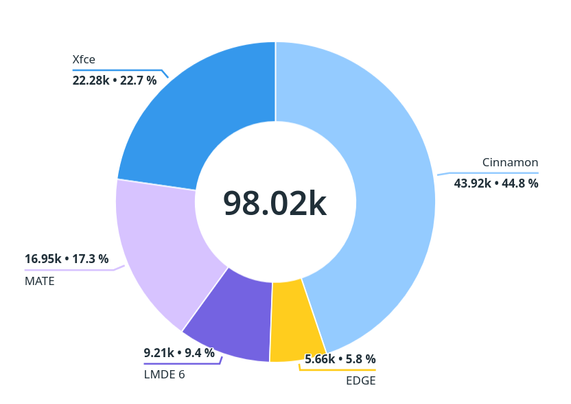sooooo I did successfully switch from Fedora 41 to Gentoo. It was a lot harder than it needed to be because:
1. Instead of doing it like a regular person via a linux live USB, I did it from a chroot from my fedora install. This made the steps a little different and made the bootloader stuff a little harder (in that without realizing it, I was booting into gentoo with the fedora kernel. hello, no drivers! ooops) but otherwise not too bad.
2. I have full disk (partition) encryption via LUKS. It was trivial to solve, but I foolishly set up GRUB for LUKS1 instead of LUKS2 and basically it just wouldn't even load GRUB until I figured out that I shouldn't have specified encryption support in GRUB. Most guides you read nowadays assume LUKS2, but the Gentoo wiki for grub has an assumption about LUKS1, I think. Or otherwise assumes that your /boot directory lives on your encrypted disk instead of a separate partition (which is common with UEFI installs, like mine)
3. My RTC is fucked up; despite replacing the battery and even switching the polarity just to be sure, it keeps reporting the battery as dead and resetting the clock. This is usually only an issue when the machine suspends: the clock will then jump forward a few months. I work around this by running NTP and sometimes manually resetting the service, but apparently when I first installed gentoo I had the wrong clock, and portage basically throws a fit if you have files that are newer than what you're trying to install, so everything was in this weird partial half updated state. This also meant some builds failed for weird reasons (Ninja, in particular, really does not like it if some timestamps are wrong in some files and will fail on everything. This failure can take a LONG time in some instances and usually has to happen 100 times before the build is considered a failure). It took me about two days to successfully compile qtwebengine due to this and disk space issues.
I think if you don't have the above issues, your install process will go a lot more smoothly than mine did. Oh, also, portage profiles? Do not necessarily actually mark the set of packages as necessary as you would think? Like, I assumed using the KDE Plasma Desktop profile would mark Plasma as being... necessary to install, but it does not. You still have to manually bring it in. Which I like! It basically configures all of your flags and variables (USE flags in gentoo parlance) as being setup for desktop usage. I think it does mark some packages as needing to be installed, but... it did not bring in Plasma or any apps.
OpenRC is trivial to switch to, coming from systemd, I think. The syntax is straight forward. It does feel a little more 'old school', which has pros and cons, but it's pretty easy to add services and doesn't control half the fucking OS which I like. Converting systemd files is easy too.
#techPosting #linux #fedora #gentoo #linuxDistributions #systemd
